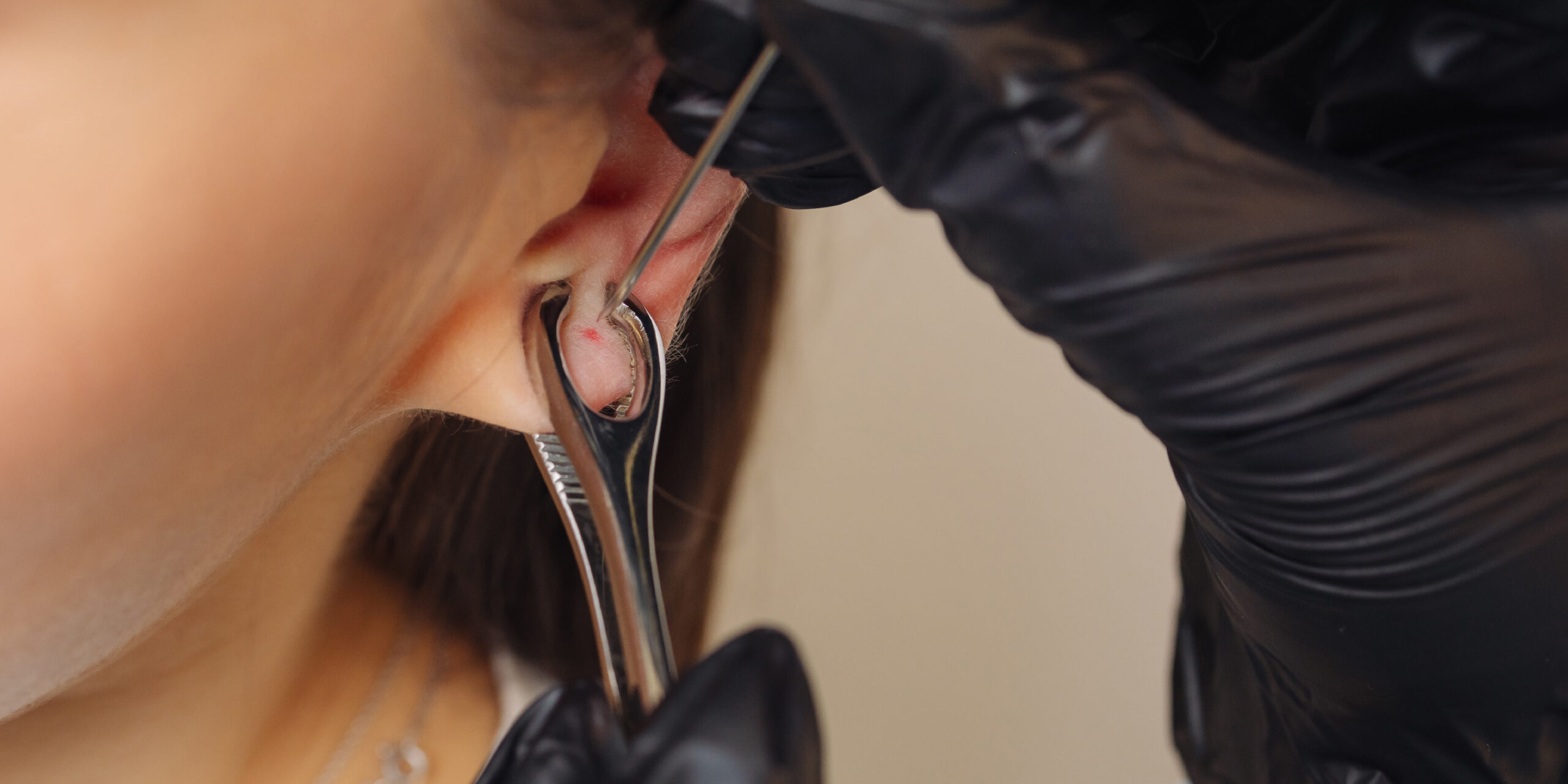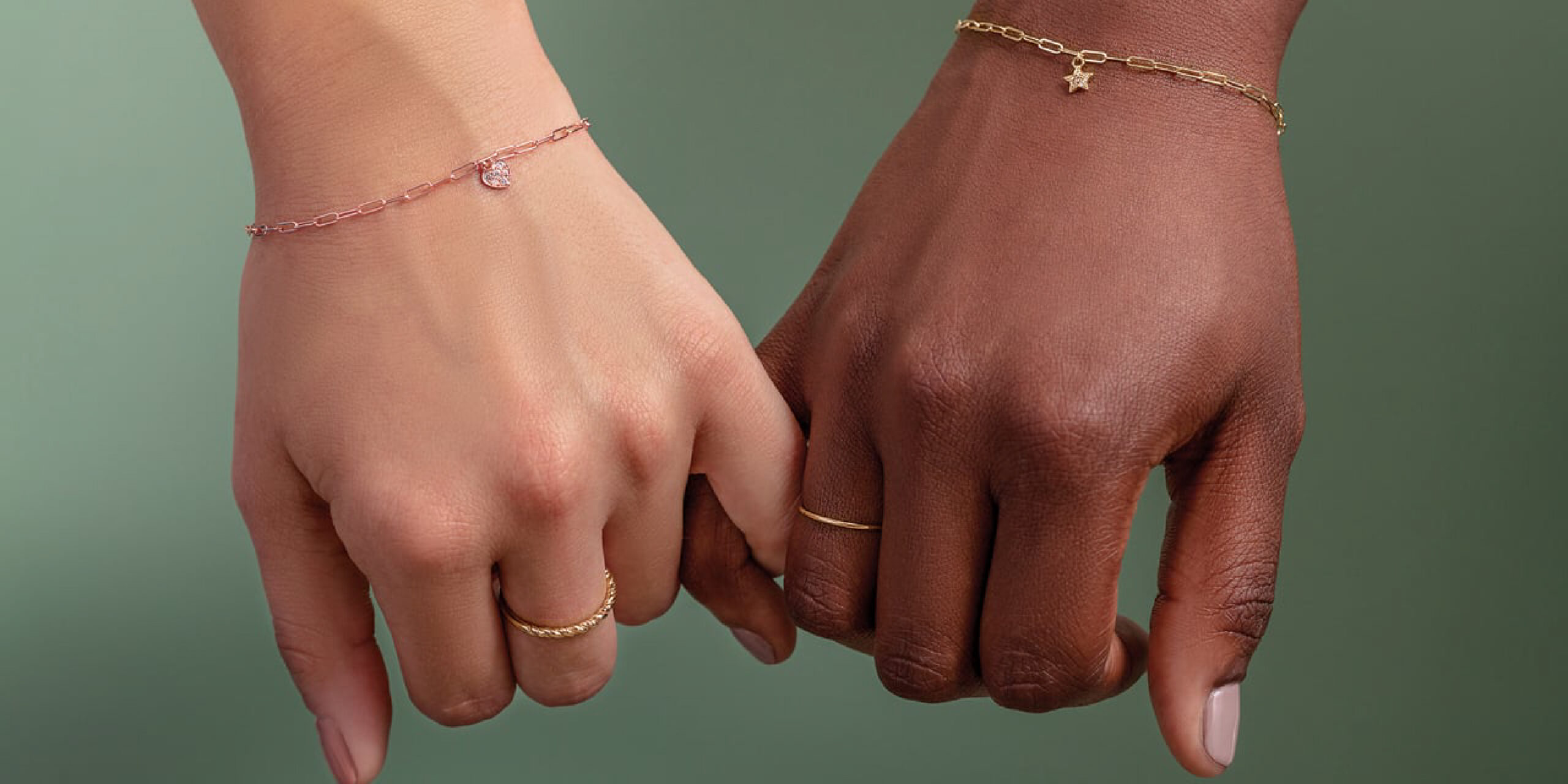Tattoos have been used by humans for thousands of years to mark their bodies. These permanent designs—sometimes simple, sometimes complex, always personal—have been used as amulets, status symbols, declarations of love, religious symbols, adornments, and even forms of punishment. Tattooing is a form of body modification in which a pigment is inserted into the skin to permanently change its color. This practice is actually very old and maybe the very definition of self-expression. Tattoos may be viewed as an act of rebellion against society, but that is only one of many reasons why people wore and continue to wear tattoos. Tattoos appear on human skin for reasons ranging from purely coincidental to life-saving.
The Creation
Tattooing has been practiced by humans for thousands of years, according to historical records and archaeological sites. We have a long history of tattoo, and you may not realize it. Tattoo-making tools have been discovered in prehistoric sites throughout France, Portugal, and Scandinavia. It turns out that these tools are over 12,000 years old! The oldest physical evidence of tattoos has been discovered on an ancient Alps mummy known as Ötzi. This prehistoric human was discovered in the fifth to fourth millennium BC.
Ötzi, the Tattooed Mummy
Ötzi is a wet mummy that was naturally mummified in glacier ice. The body was dehydrated as a result of the length of time it spent in the snow and ice, meaning that much of the body fluid was lost. Ötzi has over fifty lines and crosses tattooed on his body – the world’s earliest known evidence of tattooing – with the majority of them on his spine, knee, and ankle joints. X-rays revealed that Ötzi had arthritis in his hip joint, knees, ankles, and spine; forensic analysis discovered evidence of whipworm eggs in Ötzi’s stomach, which is known to cause severe abdominal pain. He is one of many mummies discovered around the world with extensive tattoos.
Tattooed Women in Ancient Egypt
Tattoos were apparently only done on women by other women, so the tattoos were thought to represent fertility and rejuvenation. It’s no surprise that tattooed mummies have been discovered in ancient Egypt, given the country’s rich and varied history of tattoo. Tattoos in Egypt, according to historians, date back to 2000 BC and were used for decorative or medicinal purposes. Tattooing was also widely practiced as a culture by ancient Germanic and Celtic tribes. Tattoos have also been discovered on various ancient Egyptian mummies. Tattoos are also thought to have been used as a form of healing and religious worship in many ancient cultures, including Egypt and India. However, it has been suggested that tattoos were also used to denote social status or mark someone for punishment.
Where Does the Word “Tattoo” Come From?
The term “tattoo” is derived from the Samoan word “tatau,” which refers to the tapping sound made by tattoo tools. They tapped the dark pigment into the skin with turtle shells and boar teeth to make tattoos. Captain James Cook sailed to Tahiti in 1769 and discovered a culture that would revolutionize tattooing and turn it into a global phenomenon. This was a turning point in history of tattoo.
The First Tattoo Shop Ever
Martin Hildebrandt, a German immigrant, opened the first tattoo parlour in New York City in 1846. Based on Thomas Edison’s invention of a perforating pen, the first electric tattoo machine was patented a few years later.
What did these tattoos look like?
The majority of examples on mummies are dotted patterns of lines and diamond patterns, whereas figurines occasionally feature more naturalistic images. Tattoos of the dwarf god Bes on the thighs are occasionally found in tomb scenes and on small female figurines that are part of cosmetic items.
In a nutshell
Tattoos’ popularity has risen and fallen throughout history. Tattooing is currently a thriving industry, with an estimated one in every seven people in North America – over 39 million people in total – having at least one tattoo. The reasons for getting tattoos have changed over time and around the world. Religious purposes as a source of protection or power, as an indication of group membership, as a status symbol, as an artistic expression, for permanent cosmetics, and as an adjunct to reconstructive surgery are among them.
Tattoos have been used by various cultures throughout history for spiritual, decorative, and social reasons. The history of tattoo dates back to ancient civilizations such as the Egyptians, Greeks, and Romans. In ancient Egypt, tattoos were used for religious and medicinal purposes, and were found on mummies dating back to 2000 BCE. In ancient Greece and Rome, tattoos were also used for medicinal and decorative purposes, and were often associated with the lower classes and slaves. The practice of tattooing spread to other parts of the world, including Polynesia, where it was used to mark social status and rank. In the 19th century, tattooing became more popular in Western cultures, particularly among sailors and soldiers. The invention of the electric tattoo machine in 1891 made tattooing more accessible and efficient, leading to its increased popularity. During the 20th century, tattoos became more mainstream, with many celebrities and cultural figures getting tattoos. Today, tattoos are popular all over the world, and are used for a wide range of reasons, including self-expression, fashion, and cultural tradition. In most of the countries Tattoos are considered as a form of art and people have freedom of expression to get tattooed as per their wish.













